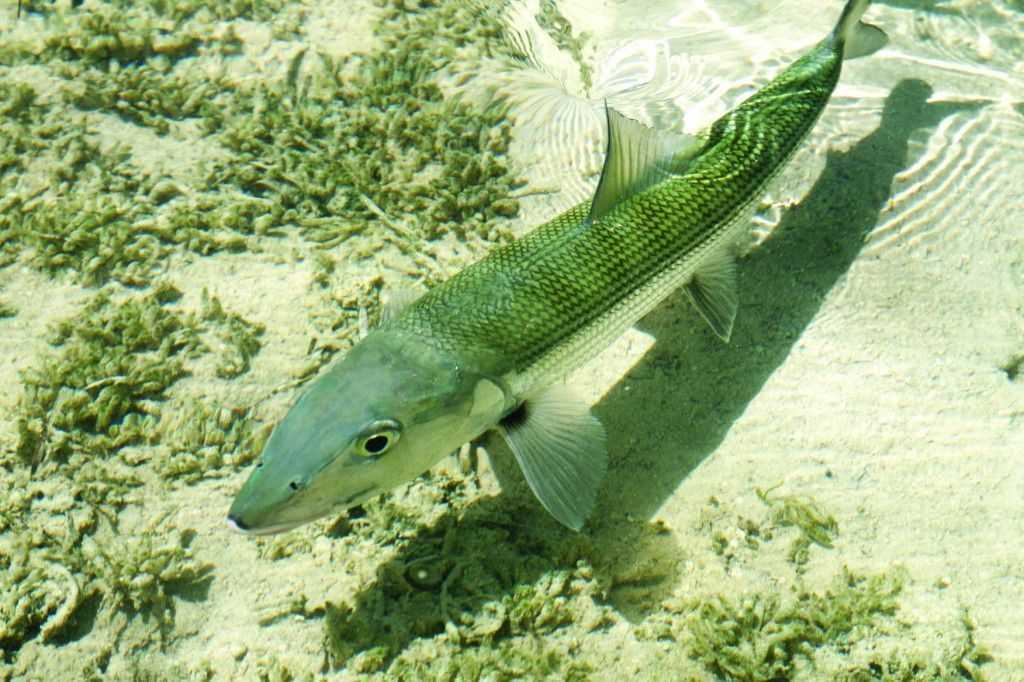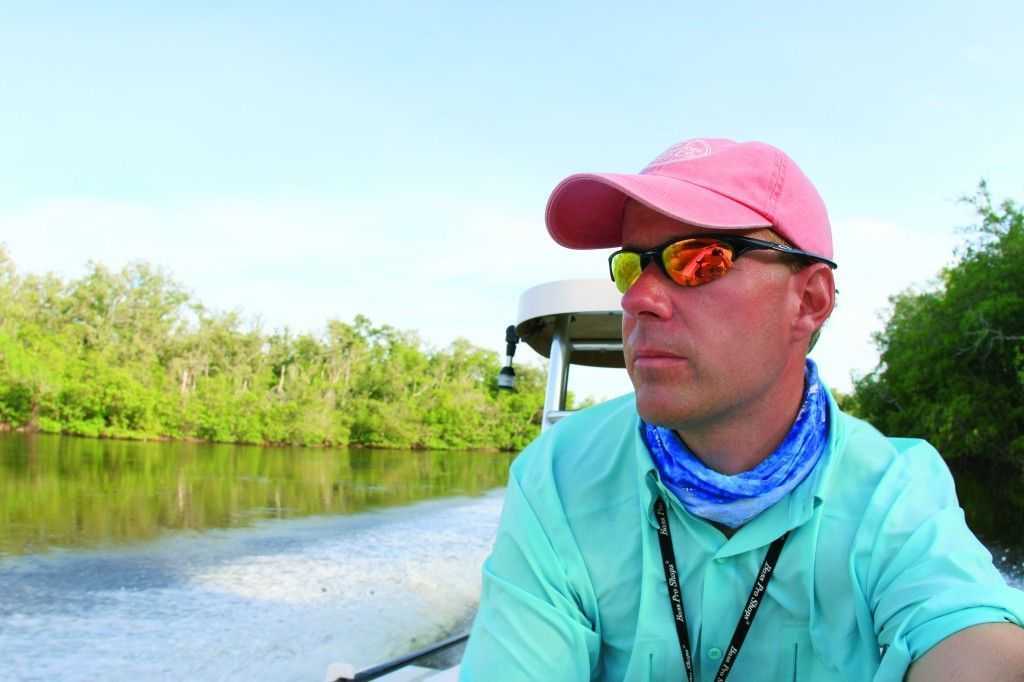Ghost Stories is a vital research project aiming to integrate local Bahamian knowledge into fisheries habitat mapping and conservation. Ghost Stories is also an opportunity to learn about Bahamas bonefishing from Bahamian legends, the guides themselves. The stories these pioneering elder Bahamians hold are important to the history and heritage of the Bahamas, and beyond. I plan to collect and document this knowledge, which tells the story of what many anglers consider the “Bonefishing Capital of the World.”
Bonefishing comes from humble beginnings. Most early bonefish catches were accidental, a by-product of fishing for other game fish on the flats like tarpon, permit or snapper. However, with superb fighting characteristics and the ability to be hunted through sight fishing, bonefish quickly became the popular quarry. Lee Wulff once wrote, “In 1947 when the first bonefish were taken on fly, we who fly-fished the flats for them knew that a fish hitherto modest reputation would soon move into the front ranks of the world’s most respected game fish.”

Indeed, bonefish angling has become big business, generating upwards of $141 million for the Bahamas alone.
Bonefishing in the Bahamas started about the same time as the sport took off in the Keys, in the 1930s and 40s. Anglers seeking bonefish quickly realized the extensive pristine Bahamian flats were home to vast quantities of large bonefish, and the Bahamas are not far from the continental U.S., so it was easy to get there. Only 60 nautical miles from Florida, lies Bimini, the closest Bahamian island. By the 30s, Bimini had become an epicenter for offshore anglers seeking large billfish, tuna, and other deep-water big-game fish. Writers like Zane Grey and Ernest Hemmingway popularized Bimini as a big-game destination, and many anglers and guides sought out bonefish for use as billfish bait.
According to Lefty Kreh, anglers also sought refuge on the flats and searched for bonefish during rough weather conditions, when offshore angling was impossible for all but the toughest anglers with tough stomachs. Like Floridian anglers, Bimini anglers were impressed by the fighting qualities possessed by bonefish, leading many to focus their attention on these fish.
Local Bahamians, having caught bonefish with hand-lines for decades as a food source, were quickly sought out as guides because of their local knowledge and ability to find the “ghost of the flats.” The rest, as they say, is history.

From Bimini, bonefish anglers began to fish Andros, where vast flats holding large bonefish are unequaled across the globe. Grand Bahama also became a highly prized destination for bonefishing, as were the Exumas. Apparently these four “out islands” acted as the bonefish centers for the Bahamas until the early 90s, when fly fishing was resurrected as a result of big-budget Hollywood films featuring fly fishing, like “A River Runs Through It,” directed by Robert Redford and featuring Brad Pitt. During the early 90s, other Bahamian islands holding bonefish became popular destinations, including Abaco, Acklins, Crooked, Long Island and many others. This tremendous resource and tourism industry provided the Bahamas the title of “Bonefishing Capital of the World,” according to many esteemed anglers.
Like bonefishing as a sport, many Bahamian guides came to bonefish guiding as a byproduct of their actual occupation. Family names like Cleare, Moxie, Neymour, Pinder, Leadon, Smith and many others have become synonymous with Bahamas bonefishing. Through Ghost Stories, I will interview and document the lives of these important Bahamians. Documented interviews will be housed at the College of the Bahamas for use by future generations, giving these men and their families credit for their tremendous efforts and a formal place in the Bahamian archives.
I recently traveled to Andros Island to meet the Leadon family and fish at the Andros Island Bonefish Club where I met Shawn Leadon, son of the late pioneering Rupert Leadon. Shawn is carrying on the family tradition, as many Bahamians have, and I was fortunate enough to spend time on the water with him in pursuit of the “ghost of the flats.” I hope to write an upcoming article that will detail my trip to Andros and highlight the tremendous life of Rupert Leadon and the rest of the Leadon Family.
For more on Ghost Stories, visit http://tomkarrow.wix.com/bahamas-guide-tek, where research updates will be provided on an ongoing basis.